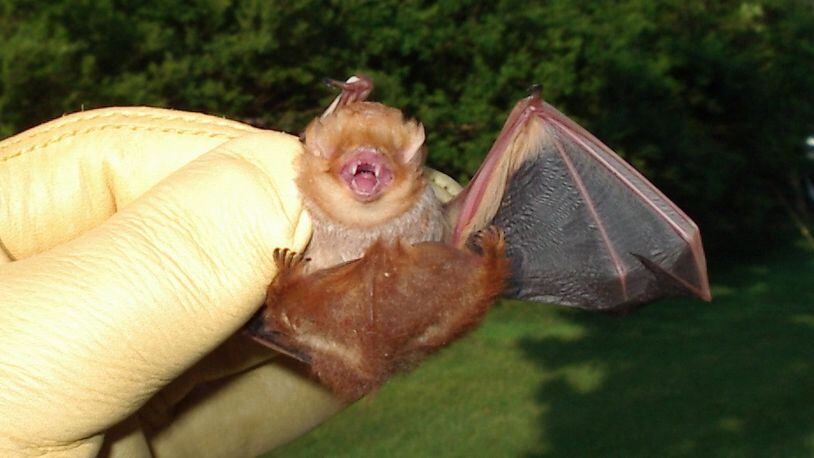Rabies, a viral disease, is found in mammals and most frequently transmitted through the bite of a rabid animal.
The virus infects the central nervous system, causing disease in the brain and, ultimately, death, county health officials said.
TRENDING: New map shows tornadoes’ destruction across Montgomery County properties
Symptoms in humans include fever, headache and general weakness or discomfort early on. It can progress to anxiety, confusion, hallucinations, hyper-salivation and hydrophobia. Once the infection has progressed to this point, death frequently occurs within days, health officials said in a press release.
For more information, visit the Warren County Health District website at www.warrenchd.com or its Facebook page at www.facebook.com/WCCHD.Ohio.
TRENDING: Dayton’s decision to stop hiring smokers sparks reaction
Health officials stressed that rabies is preventable. They offered these tips to dramatically reduce the risk of infection:
— Keep household pets safe by ensuring pets such as dogs, cats and ferrets have their vaccinations up to date;
— Maintain control of your pets by supervising dogs and keeping cats and ferrets indoors;
— Contact animal control authorities to assist in the removal of stray animals from neighborhoods;
— Spay or neuter pets to prevent or reduce the number of unwanted pets that may not receive proper rabies vaccination;
— Keep bats from getting into buildings by making sure windows have screens, chimneys are capped and electrical and plumbing openings are plugged;
— Keep unscreened doors or windows closed sealing all openings into the attic, basement, walls or occupied areas of the house that are larger than ½ inch by ½ inch;
— Use materials such as expanding spray-on foam, caulk, wire mesh, wood that fits tightly, steel wool (around pipes that enter buildings) or polypropylene bird netting to seal or cover gaps and holes;
— Determine whether bats are already in a house by listening for squeaking noises coming from the attic, walls or elsewhere;
TRENDING: Why Equifax says it can't pay $125 per person to hack victims anymore
— Examine attic space, rafters, porches and walls for signs of roosting bats (evidence of bat guano and crystallized urine, or bare scratched areas on beams);
— Watch outside of the house at dusk to see if bats are flying out of the house to feed, or before dawn to see if bats are flying into the house to roost;
— Get bats out of a house in which they are roosting or entering by using bat exclusion techniques instead of killing the bats. Killing or poisoning bats is seldom necessary or desirable.
— Seal openings when bats are not inside;
— Wait to begin major home renovations and seal in the winter when most bats have left buildings;
— Use special netting in a manner that allows bats to exit the house, but not to re-enter;
— Consult with a licensed pest control expert specializing in bat control.
About the Author
